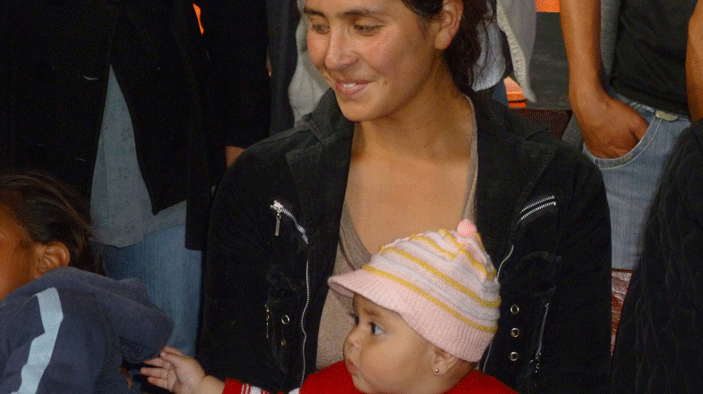Worldwide—Food and Nutrition Technical Assistance Project III (FANTA III)
Client: U.S. Agency for International Development
Duration: 2012-2016
Region: Worldwide
Country: Worldwide
Solutions: Economic Growth Global Health
In addition to driving employment and income, agriculture contributes to good health. However, too often products such as livestock, vegetables, and cereals are produced without regard to how they can help people living nearby improve their diets and nutritional status. In many countries, babies, toddlers, and teens grow up undernourished and, as a result, shorter in stature and slower in school. Due to malnutrition, a generation of children is not developing close to its potential. Neither are the communities in which they live.
Starting in 2003, FANTA worked to improve and strengthen nutrition and food security policies, strategies, programs, and systems in Asian, African, and Central American countries. FANTA responded to USAID mission requests to support project implementers, provided thought leadership to develop diagnostic tools, and promoted agricultural best practices using improved technology to assist projects in improving nutrition outcomes. DAI’s sub-award focused on strengthening the linkages between agriculture and nutrition.

Select Results
- Conducted Food Security Country Framework assessments in Bangladesh, Burundi, and Nepal to assist in the design of USAID Title II food aid programming.
- Assisted the Ugandan Ministry of Agriculture in developing guidelines for extension agents to integrate nutrition in agriculture extension activities.
- Applied value chain methodology to determine entry points along different commodity value chains where agriculture interventions can positively influence nutritional outcomes.
RELATED CONTENT:
East and Southern Africa—FoodTrade ESA
From 2013 to 2018, FoodTrade worked at improving the functioning of national and regional staple food market systems for beans, maize, rice, and soybeans—crops that are critical for low-income consumers and smallholder farmers—across nine countries in East Africa.
Read More